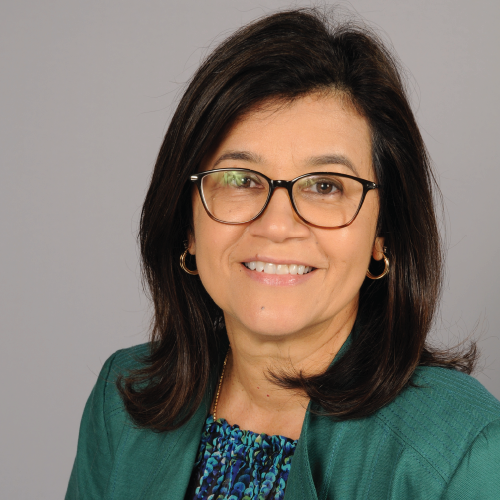My Seven-Part Recipe for Advocacy
December 01, 2023
President's Corner
In June, I traveled to Washington, D.C., with a delegation of Hispanic high school students who were meeting with elected officials to share the issues that affect them in their schools and communities.
The students were part of the Angelo Del Toro Puerto Rican/Hispanic Youth Leadership Institute, a statewide program in New York with whom I have worked with for the past 30 years. This state-funded program empowers students, develops their leadership skills and teaches about the legislative process. The visit to Capitol Hill was a lesson on legislative advocacy in support of public education, which the students took seriously.
We know public education is facing increased scrutiny and unprecedented challenges. Consequently, it is more important than ever for us to advocate for our schools. I have witnessed the power that student voices have — especially with legislators and policymakers — and I encourage you to add students’ voices to your district’s advocacy initiatives.
Legislative advocacy is critical to supporting our students, communities and public education. Here are some ways we can all advocate for our students.
Sell the problem and offer possible solutions. Educate legislators and public officials about your challenges and explain how they impact your students. You must define the problem before building informed consent for potential solutions. Help lawmakers see that doing nothing, while an option, can be irresponsible. Offer possible solutions to your challenges.
Invite legislators and their staff members to visit your schools. Showcase your schools in action and highlight why public education is so important to your community. Share your challenges firsthand and explain how proposed legislative changes — good or bad — could affect your students. Building relationships with policymakers is key. Remember to thank them for their support.
Volunteer your time. Consider the many opportunities and resources available through AASA and other associations to inform legislators about our important work. Visit legislative offices in your state’s capital or volunteer to meet with your elected representatives in Washington, D.C. The simple act of volunteering with these groups ensures a brighter future for students across the country.
Use the media to tell your story. Regularly contribute positive news and photos about what’s going on in your district. Write letters to the editor and op-eds to rally stakeholders around important issues. Participate in interviews and panel discussions. Volunteer to testify at legislative hearings. Legislators and their staff members pay attention to these public forums.
Look for partners. Consider organizing a regional advocacy forum with other districts or service agencies to draw attention to the challenges you face. Large-scale grassroots efforts can quickly gain momentum and put a spotlight on local, state and national issues.
Be clear about your ask. Plan ahead. Know what you want legislators to walk away knowing or doing. Ask yourself, “Is my call to action easily understood?” If they don’t know what you want or need, your efforts may be futile.
Build relationships with the greater community. Get to know parents, business owners, college presidents and deans, civic and faith leaders, and other community stakeholders. Invite them into your schools. Each can be an ambassador to tell your school story.
A quality education is essential for our students’ success in school and life. Advocating for public education is critical to ensure our students have the quality education they deserve. Get to know your public officials, visit your legislators and consider taking students along. Together, we can make a difference.
Gladys Cruz is AASA president in 2023-24.
Author
Advertisement
Advertisement
Advertisement
Advertisement




